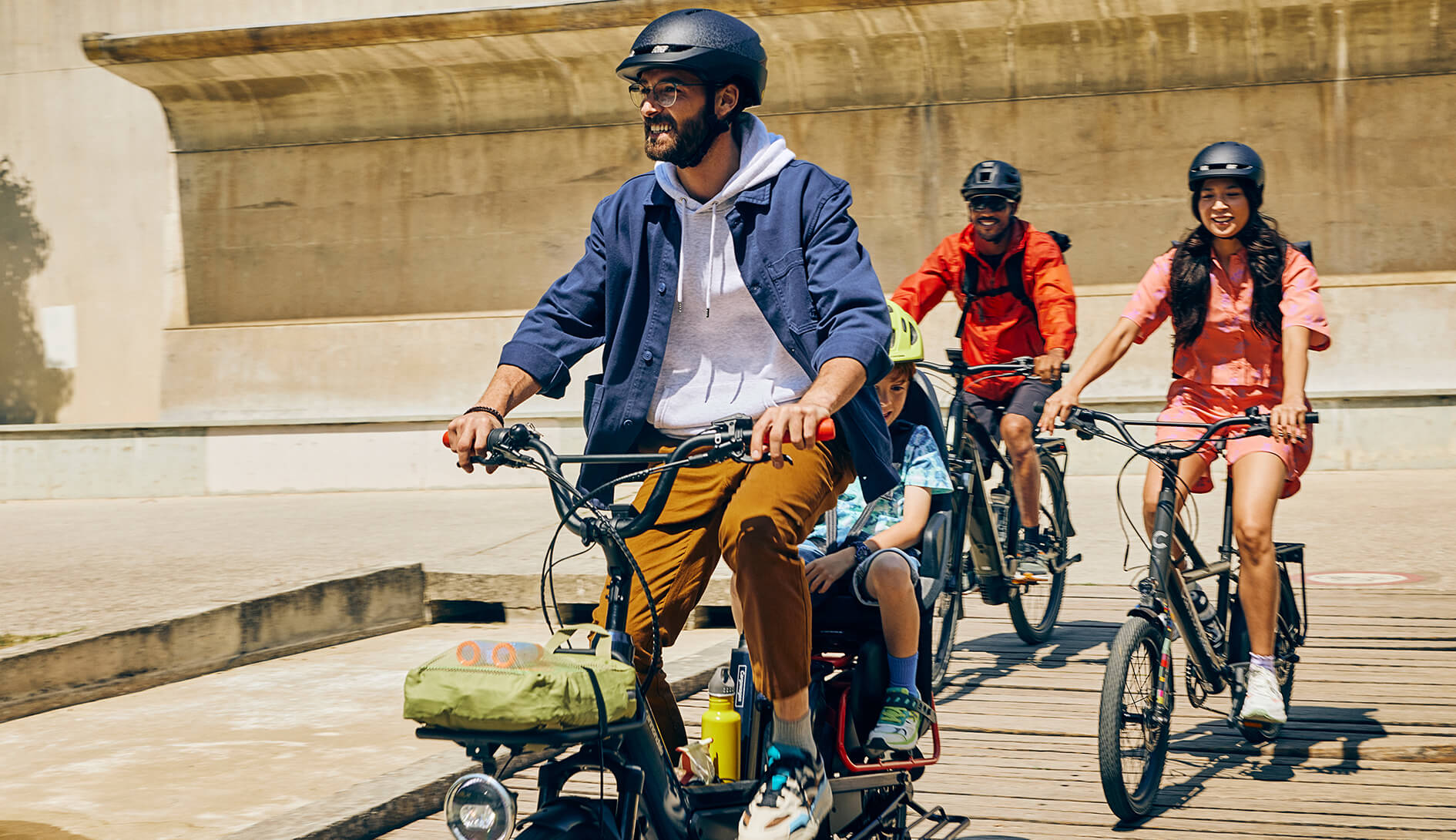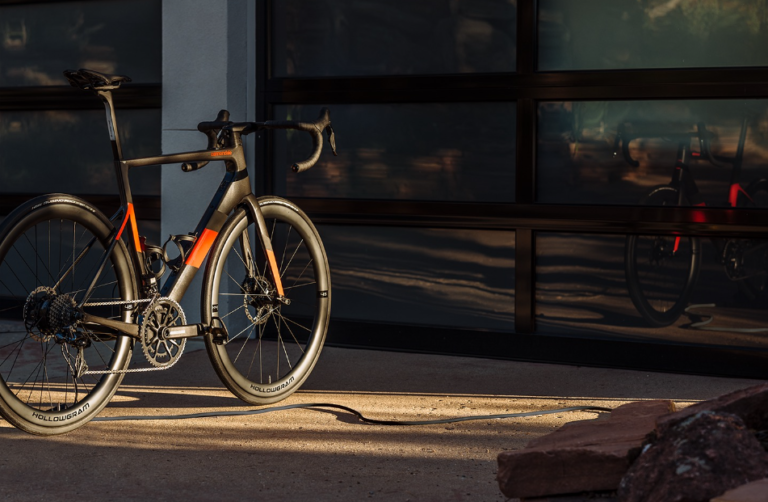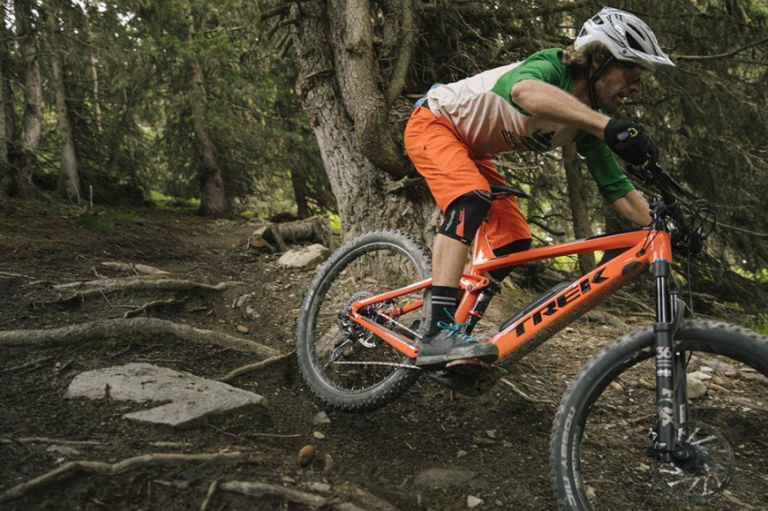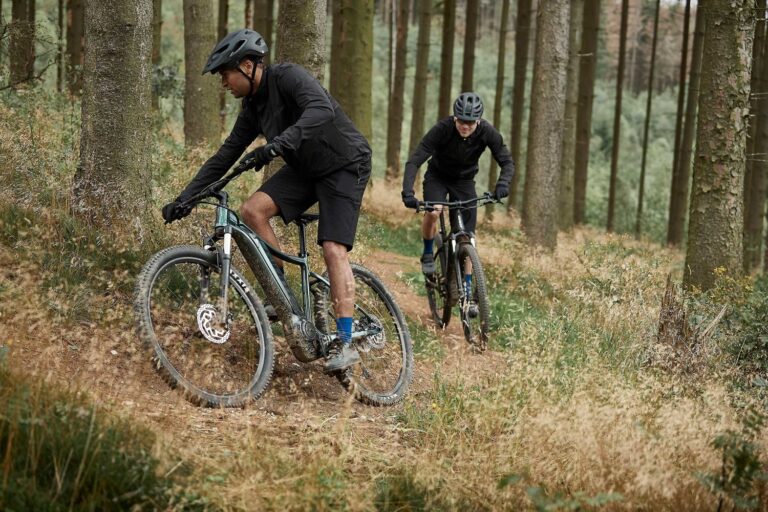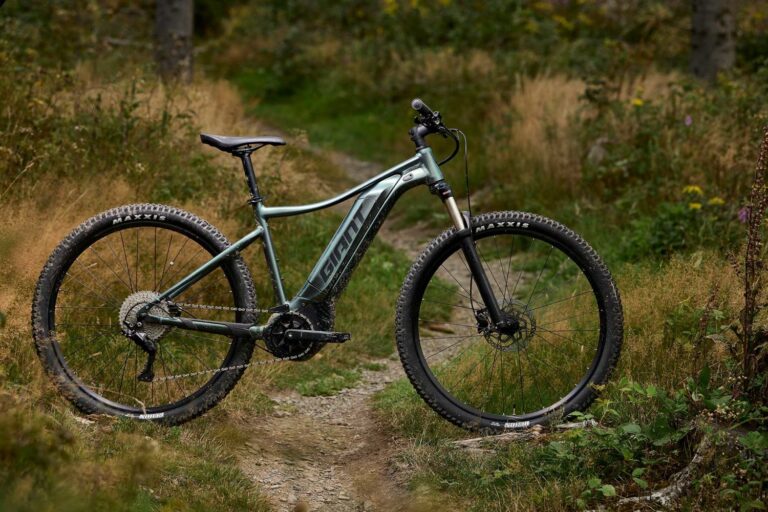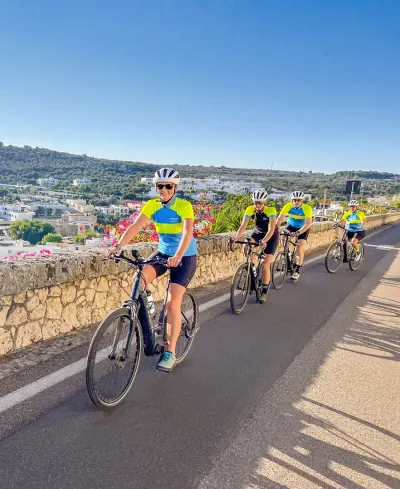Understanding City Cruiser E-Bike Power Systems: A Masters Cyclist’s Guide
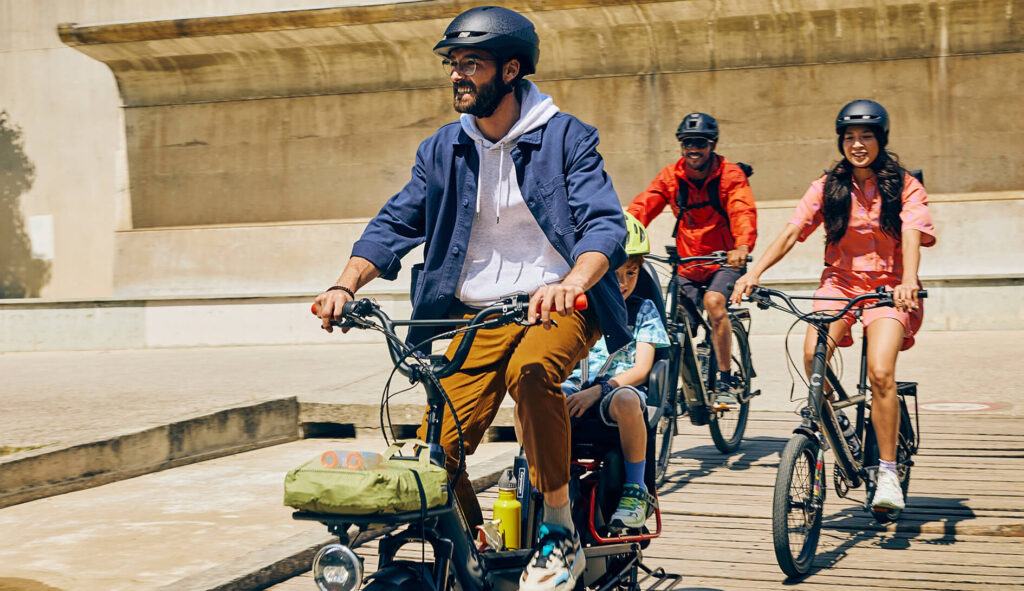
Key Point Summary of Understanding City Cruiser E-Bike Power Systems:
- City Cruiser E-Bike Power Systems: Understanding the components and functionality is essential for optimal use.
- Battery Efficiency: Key factors affecting battery life and how to maximize it.
- Motor Types: Overview of the common motor types found in city cruisers and their impact on performance.
Navigating the bustling city streets or leisurely cruising through the park, my journey from high-adrenaline mountain biking races to the serene joy of city cruising on an e-bike has been nothing short of exhilarating. The transition introduced me to the nuanced world of city cruiser e-bike power systems, a crucial aspect for any cyclist venturing into the realm of electric bikes.
E-bikes have revolutionized urban mobility, offering an accessible, eco-friendly alternative to traditional transportation. City cruisers, with their emphasis on comfort and ease of use, epitomize this shift. At their heart lies the power system, a complex interplay of battery and motor that defines the e-bike’s performance. Let’s dive in.
The Heartbeat of the E-Bike: Battery Efficiency
Battery technology has leaped forward in recent years, yet understanding its efficiency remains crucial. My first foray into e-biking was eye-opening. Expecting the battery to last as effortlessly as my legs on a traditional bike was a lesson quickly learned. The capacity of an e-bike battery is measured in watt-hours (Wh), a direct indicator of the range you can expect. However, factors such as rider weight, terrain, and assistance level play pivotal roles in actual efficiency.
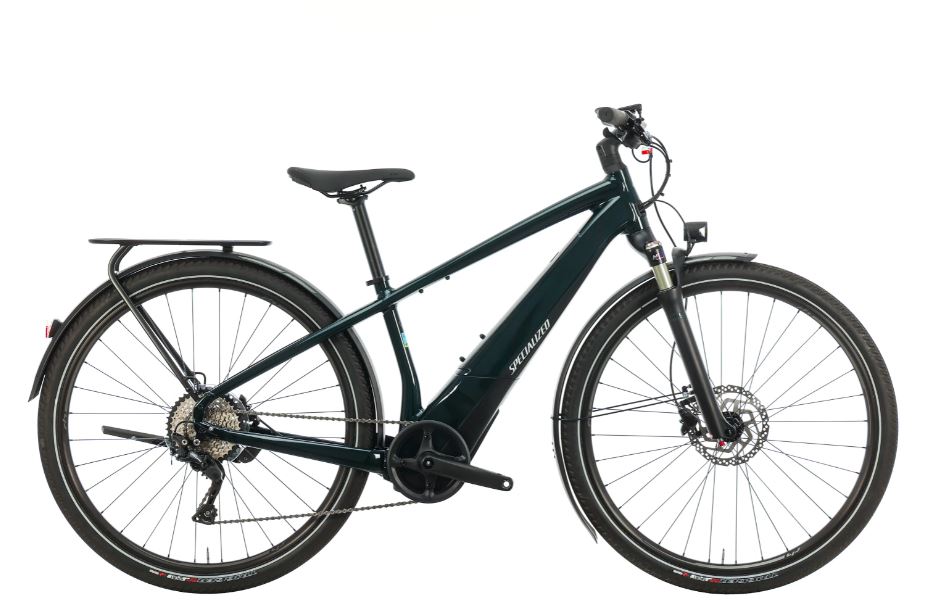
Maximizing battery life involves a blend of riding practices and maintenance. Regular charging, avoiding extreme temperatures, and selecting the appropriate level of pedal assist for the situation can extend your battery’s lifespan and ensure it remains a reliable companion on your urban adventures.
The Power Behind the Pedal: Motor Types
The motor is the muscle of an e-bike, and its type significantly affects the riding experience. Hub motors, integrated into the wheel, offer a straightforward, balanced ride, making them ideal for casual city cruising. My switch to an e-bike with a hub motor was a revelation in simplicity, providing a seamless boost that complimented my pedaling rather than overshadowing it.
Conversely, mid-drive motors, located at the bike’s crank, excel in efficiency and performance. They leverage the bike’s gears, offering a more natural riding feel, akin to the sensation of powering through a cyclocross course. The choice between hub and mid-drive motors often boils down to personal preference and the specific demands of your urban environment.
Riding Smart: Navigating the Urban Jungle
Adapting to city cruising on an e-bike requires a shift in mindset. The added speed and weight of an e-bike demand heightened awareness and anticipation. My transition was marked by a learning curve, understanding that the power at my disposal necessitated a more proactive approach to riding.
Navigating traffic, pedestrians, and the occasional surprise that city streets throw at you becomes a dance of sorts. It’s about leveraging the e-bike’s power to maintain momentum while remaining vigilant. The joy of effortlessly gliding past stalled cars and the breeze as you coast through quiet streets early in the morning are experiences unique to e-biking, blending the thrill of cycling with the convenience of motorized assistance.
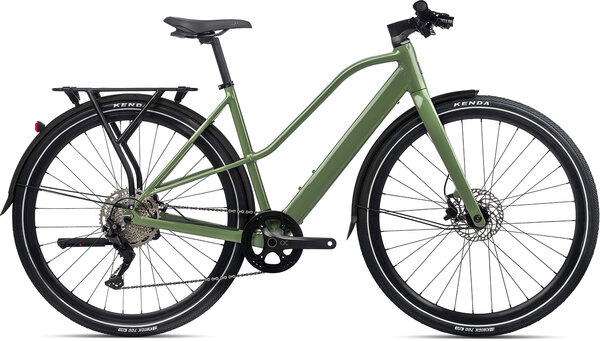
The Future is Electric: Embracing E-Bike Innovations
The evolution of e-bike technology is relentless, with advances in battery chemistry, motor efficiency, and smart connectivity enhancing the urban cycling experience. Anticipating the future, I see a landscape where e-bikes are not merely an alternative but a preferred mode of urban transportation. Innovations such as regenerative braking, which recharges the battery while riding, and integrated navigation and tracking systems, promise to make city cruising more accessible and enjoyable.
In Conclusion
The shift from the rugged trails of mountain biking to the structured chaos of city streets on an e-bike has been a journey of adaptation and discovery. Understanding the nuances of city cruiser e-bike power systems has not only enhanced my riding experience but also deepened my appreciation for the potential of electric bikes to transform urban mobility.
Whether you’re a seasoned cyclist or new to the biking world, embracing the capabilities and complexities of your e-bike’s power system can unlock a new dimension of cycling enjoyment. As we pedal forward, the road ahead looks electric, promising a future where cycling continues to thrive, powered by innovation and a shared passion for the ride.
Here are three city cruiser e-bikes that have been widely praised for their performance, design, and reliability:
- Specialized Turbo Como – The Specialized Turbo Como is renowned for its smooth ride, powerful motor, and stylish design. It’s built for comfort, with a step-through frame that makes it easy to mount and dismount, a comfortable seating position, and wide tires for stability. The Turbo Como series features integrated lights, a rear rack for carrying goods, and a high-quality motor and battery system that provides reliable power and range.
- Trek Verve+ – The Trek Verve+ is a versatile e-bike designed for comfort and ease of use, making it ideal for city cruising and leisure rides. It features a lightweight frame, a powerful Bosch motor for effortless pedaling assistance, and a user-friendly display. The bike also comes equipped with features like a suspension fork for smoothing out bumps in the road, ergonomic grips, and a comfortable saddle.
- Giant Explore E+ – The Giant Explore E+ combines the efficiency of a road bike with the comfort and versatility of a city cruiser. It’s powered by Giant’s SyncDrive motor, offering customizable power assistance to suit different riding styles and terrain. The bike also boasts a robust frame, a comfortable and upright riding position, and integrated lights and fenders for all-weather riding.
These models stand out for their build quality, comfortable ride, and seamless integration of their electric drive systems, making them excellent choices for anyone looking to enjoy the benefits of an e-bike in an urban setting. As models and technology evolve, I recommend visiting local bike shops or manufacturers’ websites for the latest information and to test ride several models to find the perfect fit for your city cruising needs.
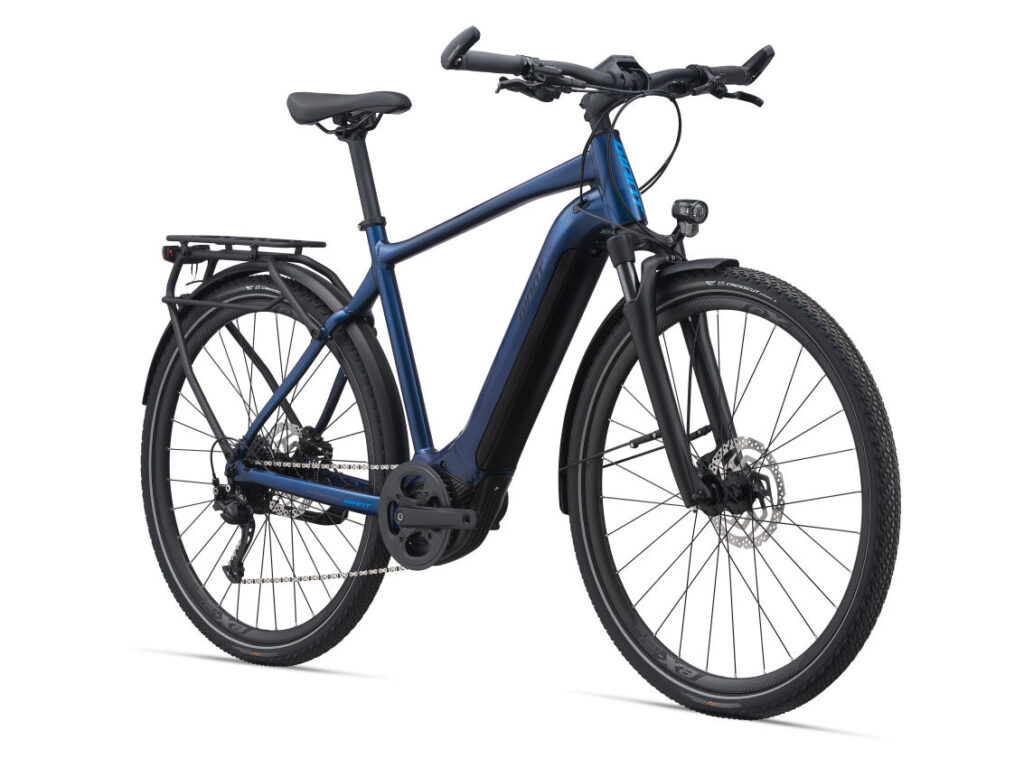
FAQ
How do electric city bikes work?
Electric city bikes work by using a battery-powered electric motor to assist the rider’s pedal power. When the rider pedals, the motor engages, providing a boost to the rider’s efforts, making it easier to ride, especially uphill or over long distances. Most also feature a throttle mechanism, allowing for motor assistance without pedaling.
What are the power levels on Ebikes?
The power levels on e-bikes typically range from low to high, allowing riders to choose the degree of assistance they receive from the motor. These levels can range from Eco mode, which provides minimal assistance and maximizes battery life, to Turbo or Sport modes, which offer maximum assistance but drain the battery faster. Some e-bikes also include a Walk mode for assistance while pushing the bike.
What does 36v 10ah mean?
36v 10ah refers to the battery’s voltage and ampere-hour rating, respectively. A 36-volt (V) battery indicates the power level of the electrical system. A 10 ampere-hour (Ah) rating describes the battery’s capacity, meaning it can deliver 10 amps of current for one hour. Together, they give a measure of the battery’s total energy, in this case, 360 watt-hours (Wh), indicating how long the battery can support the motor before needing a recharge.
